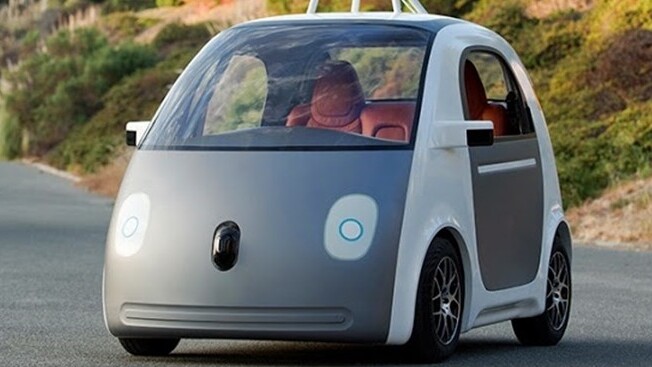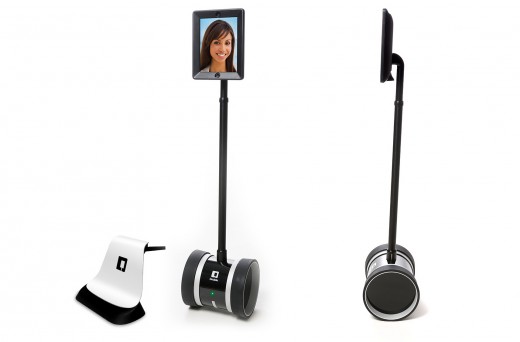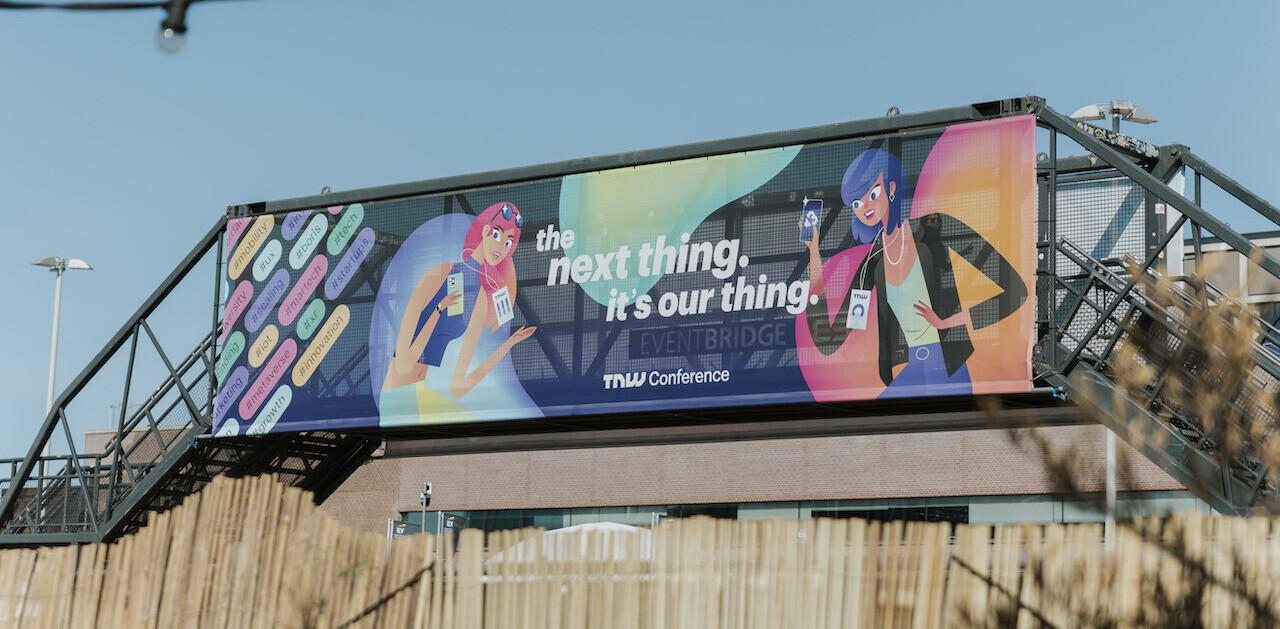
Something we don’t hear enough about is how technology is helping the lives of those with disabilities.
From robots that can help you remember things, to cars that can drive on their own, disability tech is on the rise. Read on to find out more about this fascinating, developing field.
Speech synthesis software and gadgets

Speech synthesis can be used in a number of ways to support those in need. Primarily, it’s to help people communicate with others. The most famous example of this has to be Stephen Hawking, who uses the technology to turn words into audio. However, it’s also used by the visually impaired, with most operating systems offering software to read text aloud. It means they can get through simple tasks, such as reading a message, without any bother.
TalkItt takes built-in speech synthesis to the next level by offering those with speech disorders the ability to communicate with others effectively. Once the TalkItt app has been downloaded, all a user has to do is to simply speak into the app, and it’ll recognise their vocal pattern and translate it into understandable language. It’s as simple as that.
TalkItt is currently in development and is slated for release in mid 2015.
Nowadays, most smartphone operating systems offer built-in personal assistants that can be used to find answers to questions like what the weather will be like tomorrow. However, Amazon recently launched its own variant: the Echo, which does the same thing but built into a home entertainment system rather than a phone. With a $200 asking price, it certainly looks the part and constantly listens for questions.
It’s easy to see how the Echo could be useful for those with disabilities that impair their movement. Of course, it’s designed to better connect you to Amazon’s ecosystem (and therefore sell you more stuff), but sometimes new tech can have useful, unintended consequences.
Sensory mobile apps and gadgets
Autism is an example of a condition where sensory issues can be major and have an effect on the way a person communicates with the world, but sensory apps such as Kid in Story are changing that. It allows those with Autism and other sensory-based conditions to create their own visual stories, with the aim of being able to build on their social and sensory skills. There’s also a literacy support mechanism here, where users can pick up basic words.
While there are apps that support those with sensory issues, there are also gadgets doing the same thing. The BuddyTag is a wristband that a vulnerable child can use to feel comfortable, and it also provides parents with the ability to track how far their children are wandering before they leave a designed vicinity.
Driverless cars
Currently, those who are visually or physically impaired can find it impossible to drive. This deprives them of a sense of independence, the ability to go anywhere they want. However, the future of driverless cars will change this completely, allowing those with these impairments to just sit back and let the car drive. The likes of Google are working on them, and the UK government has already introduced new laws that will see them tested on British roads in 2015.
Google has been developing and leading driverless car technology for the last few years, at least in the public eye. The technology it’s using is called Google Chauffer, and it has been put to the test successfully, with crashes famously only having occurred when a human was in control. The Chauffeur software forms part of the prototype car the company demonstrated earlier this year. Commercialization could start as early as 2017.
Even though many industry experts predict that 2017 will be the year for driverless car tech, luxury car maker Audi has already confirmed that its first batch of driverless cars will hit the roads in 2016. It’s in the testing stages and the company hit the headlines when one of its self-driving car prototypes reached speeds up to 149mph.
While the driverless car isn’t here yet – at least in a commercial form – car manufacturers are already implementing forms of the technology. For example, there are new car models out there that come with adaptive cruise control. This technology monitors neighbouring cars when in operation and is able to adjust to the speed with the flow of traffic. The Mercedes 2014 S-Class even comes with self-steering.
Robots and bionics
When the word ‘robot’ comes into your mind, you probably think of blockbuster sci-fi films such as Transformers, but the future of robots is real. They’re already making cars and vacuuming our carpets. However, concepts like the Deka Robot Arm could see people regain control of their lives and regain independence. The Deka is a prosthetic arm, providing people who have lost limbs with the ability to grip again.
Domestic robots may seem like bad 50s sci-fi to many, but the likes of Jibo say different and predict a time when robots will be in every home. Founded by MIT professor Cynthia Breazeal, Jibo recognises the faces of its owners and performs activities such as providing reminders and helping with planning. This could be perfect for those who lack coordination and memory capabilities.
Robots are at the forefront of leading hospitals and medicine into the modern age, too, and the US National Institute of Health has already set a budget to help develop the future of robotics and the impact such technology will have on future generations. Perhaps one day, robots will replace wheelchairs and end up giving humans a smarter ride.
Another exciting area of robotics that’s on the rise is the field of telepresence. There are many such robots out there that allow you to join meetings remotely, but the Double Robot is particularly interesting. Costing a $2,499, the Double has a motorised wheel system allowing you to actually move around a space remotely, even if you’re thousands of miles away. It makes it feel like you’re in the room.

Imagine coupling technology like this with a virtual reality headset in the future – you could ‘be’ almost anywhere, even if you were housebound.
Monitoring and sensor systems
Monitoring systems play a pivotal role in security. They provide a piece of mind by allowing us to make sure everything is fine, and they’re also being used to help the most vulnerable in society.
Evermind is just one example. It provides families with an easy solution to monitor a relative; all they have to do is connect it up to an appliance their relative uses. When the appliance is switched on, they’re automatically sent a smartphone notification.
What technology to help those with disabilities have we missed? Leave a comment and let us know.
Get the TNW newsletter
Get the most important tech news in your inbox each week.









